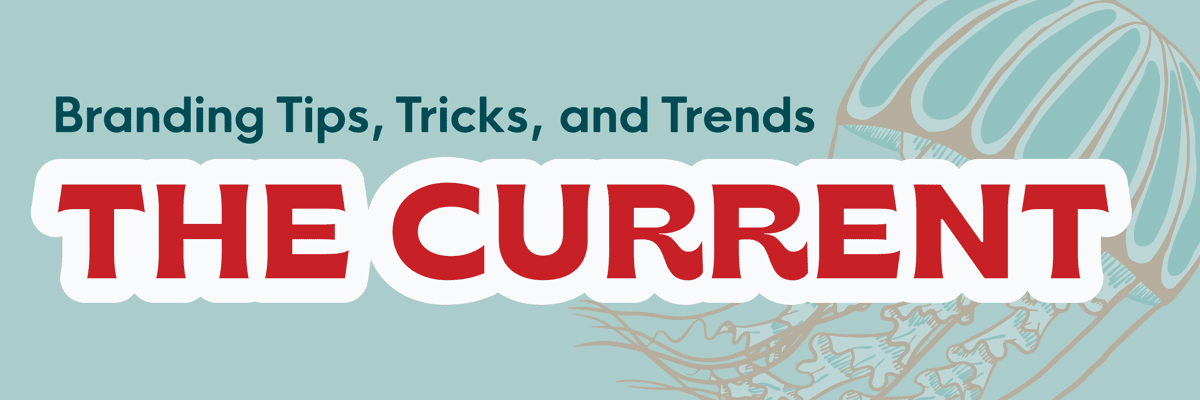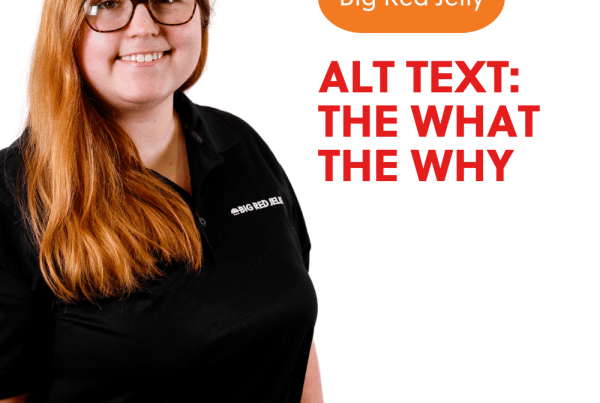WordCamp US. All of the big names in WordPress make their annual pilgrimage to WordCamp US in the late summer to collaborate, share ideas and experiences, and learn from some of the best in the biz. The Big Red Jelly build team recently attended and listened to speakers from NASA, WooCommerce, Automattic and more. This is something that stuck with me from this year’s conference.
What NASA Is Doing On WordPress
Yes. NASA uses WordPress. More than that, the marketing and pr teams at NASA were recently tasked with a pretty drastic overhaul of the NASA content organization and management. With millions of posts, pdfs, resources, reports, videos and more that are publicly available, the big question was this; “How do you organize all of this to be easily found by our target audience?”
Content Organization
NASA has hundreds, yes, hundreds of subdomains and supporting sites that needed to be accessible and available to users who were looking not only for specific types of content, but very specific content pieces. This needed to be organized into one central hub for all of their different potential user demographics to access.
Dr. Jim Green, who was leading the project said,
“The goal of our project is to provide a better user experience and make it easy for everybody to find the information they need”.
Now, not only was this the goal, but actual legislation from congress that was pushing NASA to rethink the way that they organize information and provide the public with updates on current missions and projects. And NASA decided to use WordPress to do it.
It’s Only a Content Management System
That’s really all it is. WordPress. It’s just a content management system. No different really from a filing cabinet. Just digital and publicly available. Your website really is just a collection of content; brand messaging, visualizations of your products or services, images, videos, blogs, articles, portfolios, and even contact forms can be considered as belonging in the “content” category.
The real hurdle with websites is exactly that, how do I manage my content in a way that makes it easy for my users to find what they want? Big Red Jelly helps business owners to do this by first identifying what it is that their users actually want. Do they want to subscribe to a newsletter? Are they looking for a quote? Are they trying to get in touch with a human? Or are they just trying to learn and access resources? Identifying what your target audience is looking for on your website will help you to understand how to organize your content on your website. Understanding your target audience is going to impact decisions like what pages to include on the site, of those pages, which pages do you feature in your top navigation menu? Which pages are sub-pages or nested with other pages? Which pages are accessed through the footer? And most importantly, how does the user flow from page to page and where do they ultimately end up?
How Is Your Content Managed?
Is your content organized in a way that your users and potential customers think about it? Or is it organized how YOU think about it? If you were to ask a literal rocket scientist from NASA to describe the structure of NASAs information, they would definitely describe it differently than a high school teacher trying to find a report on the most recent mission; Earth System Science Pathfinder Program. How you think about your business and your website is NOT how your audiences thinks about your business and industry. To effectively structure your website to work for you, the website has to be built with the user journey and perspective in mind.
Verbiage Used
The language and verbiage used by command-center personnel at NASA is going to differ greatly from what we commoners use to refer to NASA and the space programs. Why should your business function any differently? When you go to the mechanic, are you like me where you have to revert to trying to mimic the sounds the car was making when you brought it in? Again, consider the language that your target audience is speaking. Here are some tips and tricks:
- Avoid lingo and jargon
- Go with simplicity over sophistication
- Ask your current clients how they would describe your services
- Look at competing key words
- Look at what other successful companies in your industry are doing.
Your Navigational Menu
Time and time again, we see this pattern emerge when we run behavioral analytics on various site designs: most of your interaction is going to be in your navigational menu.
It isn’t uncommon for more than half of all your clicks on your homepage to be in your header navigation. What does this mean? Your header navigation has to be structured and organized perfectly. Is your navigational menu an accurate representation of your website and business? Does your navigational menu provide quick access to your main products and services? When a user reads your navigational menu items, is it clear where that link is going to take them?
To avoid website abandonment by your users, take special care in considering what is included in your navigational menu and how your menu is structured.







